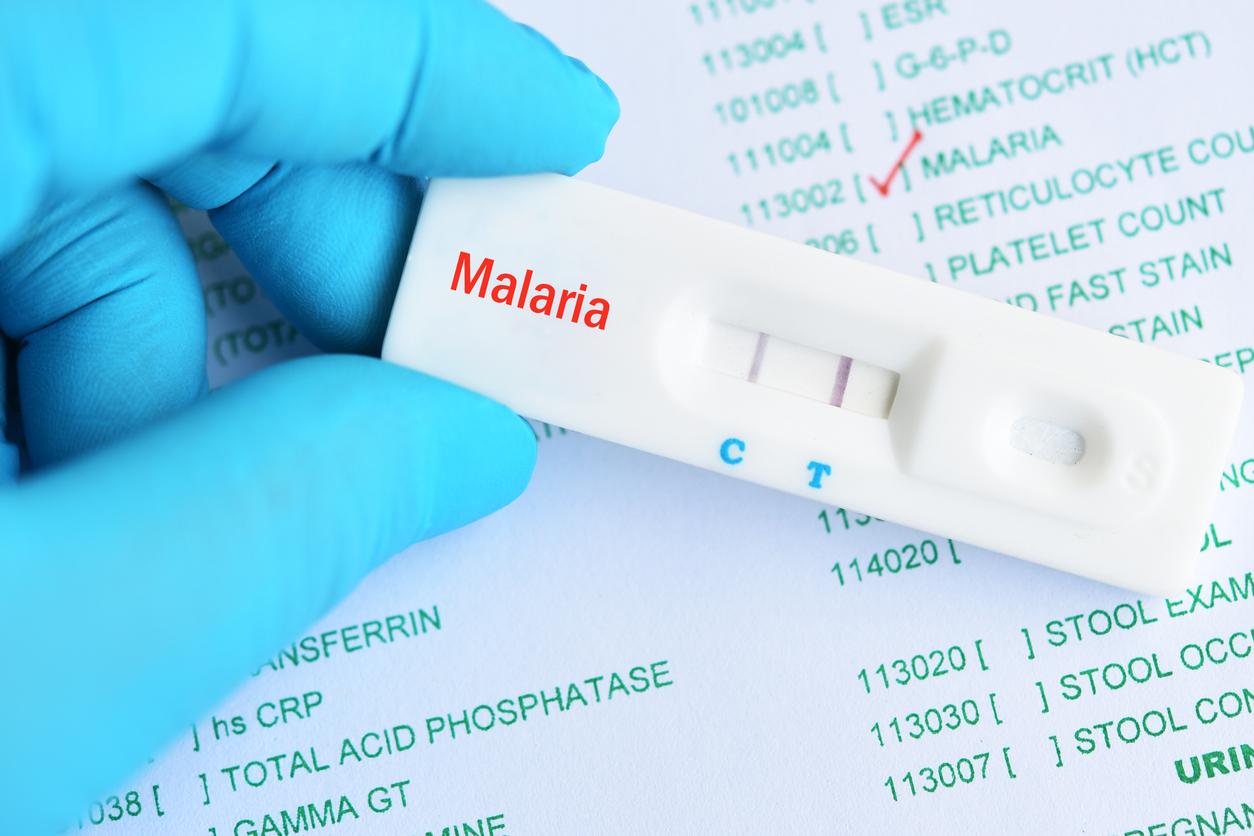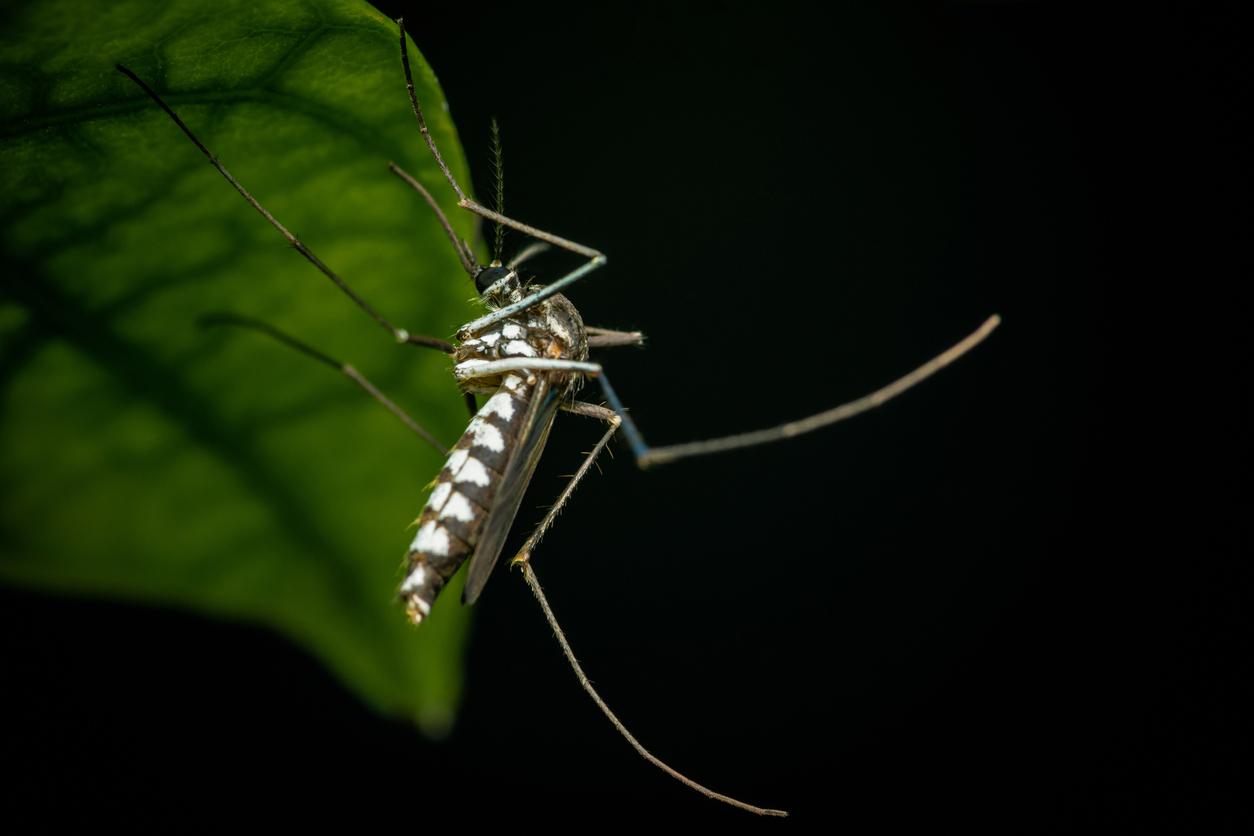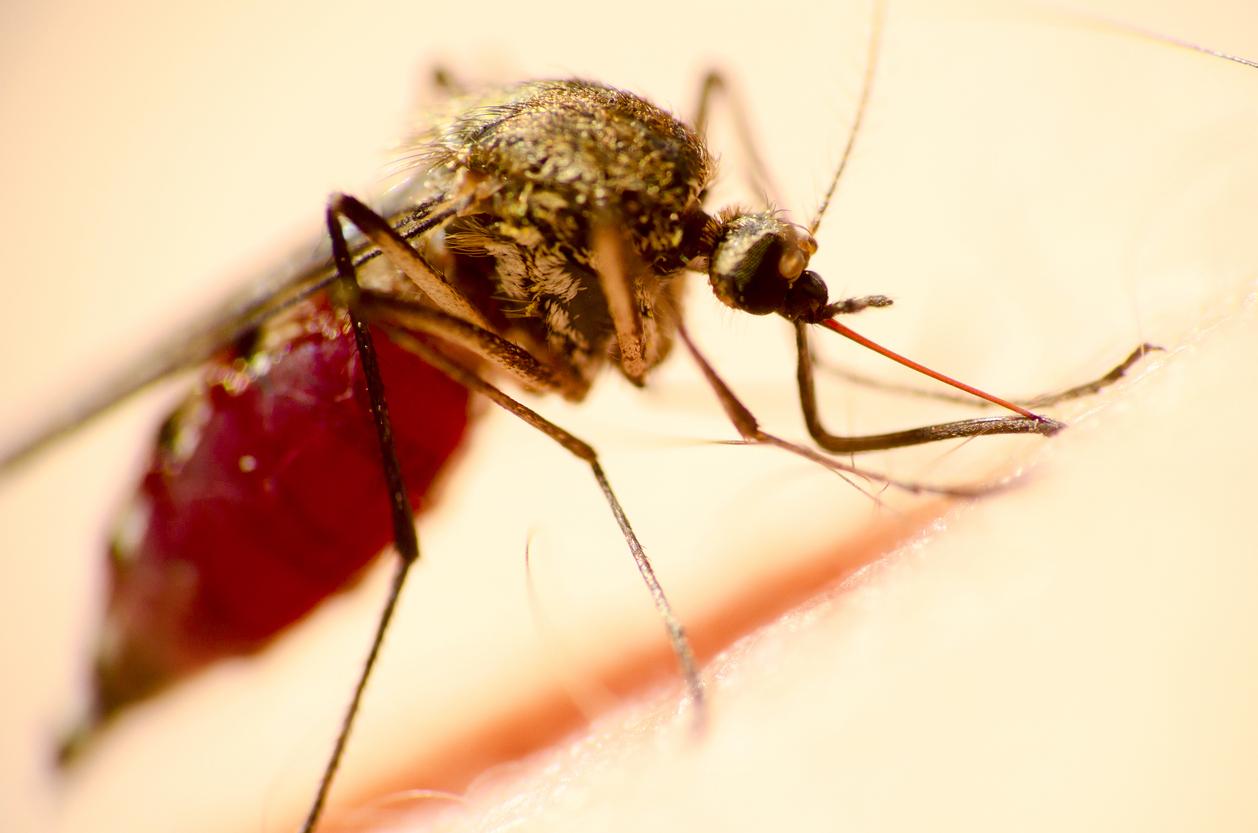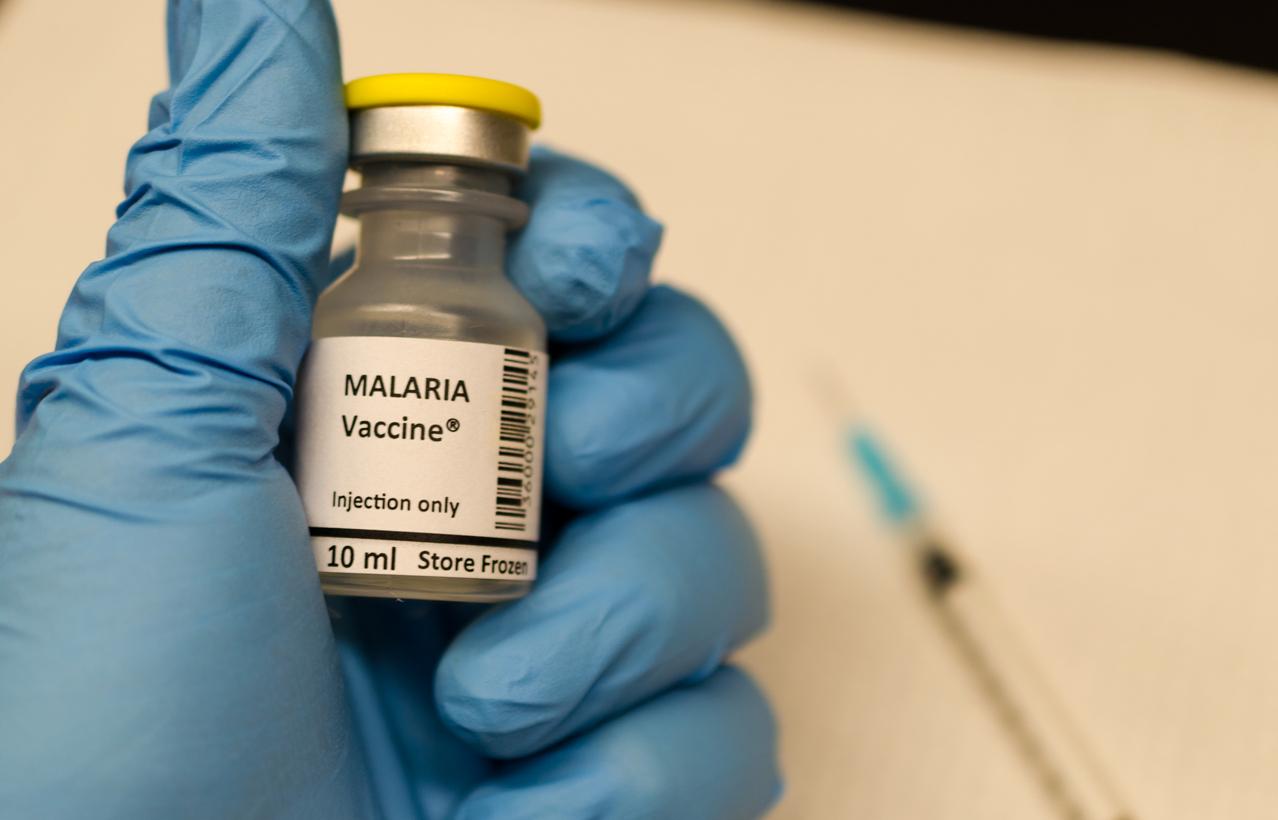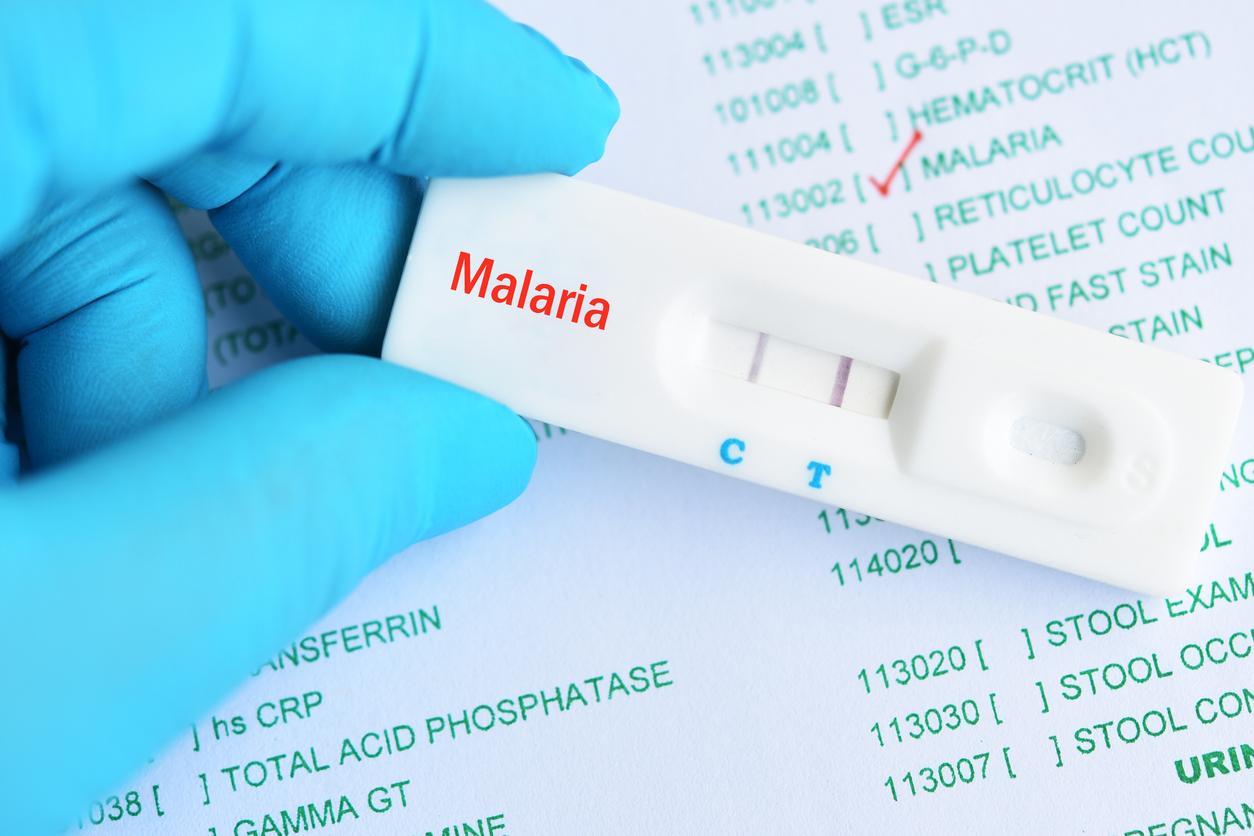While malaria was thought to have appeared on the African continent at the same time as agriculture around 4,000 years ago, researchers from the Institut Pasteur and the CNRS have discovered that it was in fact 20,000 years ago.
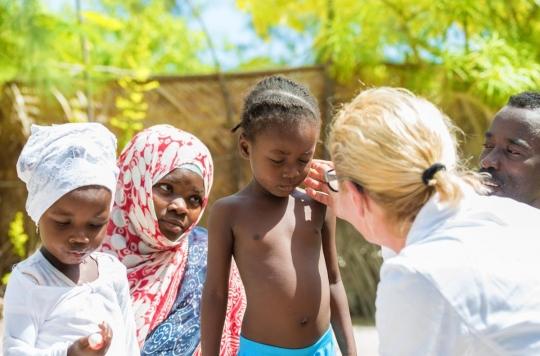
Malaria is an infectious disease caused by parasites of the genus Plasmodium which are transmitted to humans through the bites of infected mosquitoes, belonging to the species Anopheles, mainly in tropical countries. “Nearly half of the world’s population is at risk of malaria, according to the World Health Organization. In 2015, there were approximately 212 million cases and some 429,000 deaths from this disease”. Very exposed, theSub-Saharan Africa recorded 90% of cases and 92% of deaths from this infection that year.
The date of appearance of a human genetic mutation defines that of malaria
While it was thought that malaria appeared in Africa at the same time as agriculture between 4000 and 5000 years ago, desearchers at the Institut Pasteur and the CNRS have discovered that it would in fact be 20,000 years old. Their work is published this Thursday in the review The American Journal of Human Genetics.
“The genetic mutation resulting in sickle cell anemia, a chronic and often fatal disease in children under five years old, caught the community’s attention early on scientific” because of its protective properties against malaria, explain the researchers. Individuals carrying this mutation called βS and localized in the HBB gene show increased resistance to malarial infections. According to the researchers, this famous βS genetic mutation is “an ideal marker for the study of malaria”, since “the date of appearance of βS actually corresponds to the minimum date of onset of malaria”. A bit technical? You will understand.
Thanks to a study investigation of the β mutationS carried out thanks to complete sequencing of the HBB gene and to an extensive genomic analysis carried out on 479 people from 13 populations ofsub-Saharan Africa, researchers were able to discover that malaria appeared in Africa at least 20,000 years ago.
The beneficial effects of interbreeding
However, this study shows a more recent arrival of the genetic mutation βS in hunter-gatherer populations, i.e. around 4,000 years ago. The changes in the equatorial forest that occurred at this timeprobably due to an episode of climate change and/or a period of increased deforestation due to nascent agriculture, would have favored the transmission of malaria in the Pygmy populations.
“We show that the famous mutation βS conferring resistance to malaria could have been brought by the agricultural populations that came into contact with these populations of hunter-gatherers during the great Bantu migration, when the farmers crossed the equatorial forest, to then follow migratory routes to the east and south of sub-Saharan Africa-Saharan”, comments Guillaume LaVal, first author of the study. “These results shed new light on a poorly understood part of the history of malaria and highlight the beneficial effects of interbreeding on certain aspects of public health, such as the spread between human populations of resistance mutations to different pathogens”, adds Lluis Quintana-Murci, co-last author of the study.
Malaria symptoms
It is important to remember that malaria is the leading cause of fever when returning from a tropical country. Symptoms usually appear 10 to 15 days after the infecting mosquito bite. “Early symptoms – fever, headache and chills – may be mild and difficult to attribute to malaria. If not treated within 24 hours, malaria Plasmodium falciparum can progress to a severe condition that is often fatal”, specifies WHO. It is for this reason that it is recommended to take treatment against malaria when traveling – these are tablets to be taken daily.
“Severely affected children frequently develop one or more of the following symptoms: severe anemia, respiratory distress secondary to metabolic acidosis or cerebral malaria. In adults, multi-organ involvement is also frequently observed. In endemic areas, people can sometimes be partially immune, and there can be asymptomatic infections.”

.









